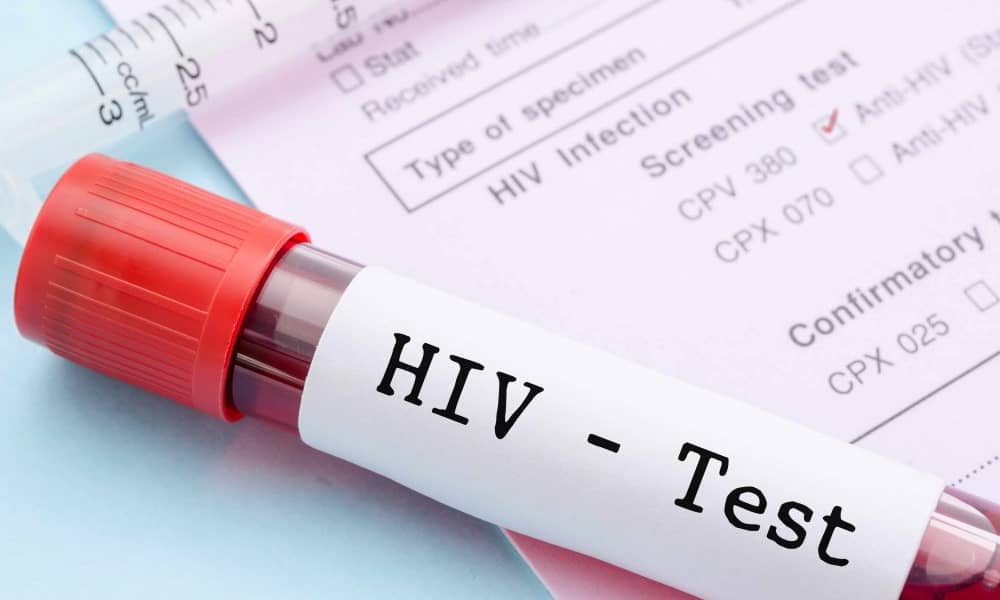
This December 1, in observance of World Aids Day, the Pan American Health Organization (PAHO/WHO) and the Joint United Nations Program on HIV/AIDS (UNAIDS) emphasized that the number of new HIV infections has not declined in a decade in Latin America.
The organizations urged increased action to reach the goal of eliminating AIDS by 2030, after almost two years of disruptions due to the COVID-19 pandemic.
“End inequalities. End AIDS.” is the theme of this year’s World AIDS Day, which focuses on confronting the inequities that drive AIDS and hinder access to essential HIV services, especially for those most affected and left behind.
“HIV does not affect everyone equally. There are people at higher risk of becoming infected, who continue to face stigma and discrimination, and who do not access the prevention methods or care they need, and that is unacceptable,” said PAHO Director Carissa F. Etienne. “If we want to end AIDS, we must focus on those most at risk, on accelerating the introduction of new and existing diagnostic and prevention methods, and on ensuring early access to the most effective treatment,” she said.
According to WHO and UNAIDS estimates, 2.4 million people are living with HIV in Latin America and the Caribbean. Eighty-one percent of them have been diagnosed. Of those, 65% have received treatment and 60% had a suppressed viral load. Meanwhile, AIDS deaths fell 27% since 2010 and the percentage of people with HIV who got their diagnosis late dropped from 33% in 2016 to 25% last year.
“To end AIDS by 2030, we must urgently end the economic, social, cultural and legal inequalities that drive AIDS and other pandemics in our region,” said Alejandra Corao, UNAIDS Acting Regional Director for Latin America and the Caribbean. “While there is a perception that a period of crisis is not the most appropriate time to prioritize addressing underlying social injustices, it is clear that until this one is resolved, we must redouble our efforts in order to overcome the crisis,” she said.
COVID-19 and HIV: the achievement of targets at risk
In 2020, the COVID-19 pandemic impacted HIV services, compromising treatment availability and disrupting delivery of services. Those included prevention activities, HIV testing (which fell 34% from 2019) and testing for other sexually transmitted infections (STIs), as well as antiretroviral therapy among newly diagnosed individuals, according to data from 20 countries. The pandemic also delayed PrEP (pre-exposure prophylaxis) implementation.
PAHO/WHO and UNAIDS warn that as testing and the number of positive results are reduced, there is significant risk of a setback in progress toward elimination goals. Both organizations believe that community-based health services need to be strengthened and adequately funded to be the first line of battle against stigma, placing people and their human rights at the center of the response to the pandemic.
However, dispensing medications for multiple months at a time, telehealth, online appointments, self-testing, mailing and home delivery of medications, and new models of community-driven care have helped sustain HIV services during the COVID-19 pandemic.
Self-testing, PrEP and appropriate treatment
People concerned about confidentiality of diagnosis or who are usually not reached with conventional testing can now know their HIV status through self-testing in their homes. PAHO and UNAIDS recommend this testing method – which until now was only introduced by national programs in ten countries in the region. The organizations are promoting PrEP in this year’s World AIDS Day campaign.
Since 2015, PAHO and UNAIDS have recommended the introduction of PrEP, which can be taken by those who are not living with HIV but are at high risk of contracting it. This population accounts for 92% of new HIV cases in Latin America and 68% in the Caribbean. Only ten countries in the region have public policies for the provision of PrEP, two more countries than in 2019. Without boosting PrEP, the region is unlikely to achieve enough reduction in new infections to end AIDS by 2030.
Ensuring early treatment with the most effective drugs is also critical to reducing transmission and saving lives. However, many countries are lagging in adopting the antiretroviral dolutegravir (DTG) as part of the preferred treatment recommended by WHO. In most countries in the region, the number of people on a treatment regimen with this antiretroviral – which is more effective, easier to take and has fewer side effects than others – does not exceed 50%. People living with HIV who have an undetectable viral load cannot transmit the virus.
Advertise with the mоѕt vіѕіtеd nеwѕ ѕіtе іn Antigua!
We offer fully customizable and flexible digital marketing packages.
Contact us at [email protected]
















